The federal government funds about 80 percent of the research conducted at Boston University, so when federal funding shrinks, as it has done in recent years, it’s important for scientists to know the best ways to advocate for their work in the halls of Congress.
Now in its third year, the Making Our CASE: Catalyzing Advocacy in Science and Engineering program, organized by the nonprofit American Association for the Advancement of Science (AAAS) and held each year at a Washington hotel, offers graduate students in the sciences a chance to learn how to make Washington work for them. Participants learn how Congress and the federal budget and appropriations processes work and hear from a range of speakers involved in science policy and effective science communication.
Caitlin Bogdan (ENG’18), a mechanical engineer studying robotic controls based on acoustics, attended the CASE program in spring 2015. “I’m an engineer, and I like taking things apart and seeing how they work,” she says. “It was getting to see what the structure of it is.”
At the end of the three-and-a-half-day workshop, the students get to practice those lessons on actual Washington pols or their staff. The BU students last year met with staffers for three Massachusetts Democrats, Representatives Michael Capuano (Hon.’09) and Jim McGovern and Senator Elizabeth Warren.
“They go in and talk about why science is important and why the federal government should keep investing in science,” says Jennifer Grodsky, BU’s vice president for federal relations.
The techniques can be as basic as explaining to legislators how research could someday benefit the average person—their constituents, say. The students also learn helpful tips, such as the likelihood that staffers assigned to a congressional committee on a scientific topic will be better versed in that subject than staffers for an individual congressperson.
“It’s an opportunity for our PhD students in STEM [science, technology, engineering, math] fields to see what goes on in legislation and politics and policy development,” says Timothy Barbari, associate provost for graduate affairs and an ENG professor of biomedical engineering. “And there’s always a hope that it will trigger some students to be engaged in science policy going forward.”
“The CASE program sounded like a really good opportunity to learn about how science can be used or abused and how it’s introduced into the policy sphere, where an understanding of scientific evidence is really important, but there are not a lot of scientists around,” says one of last year’s attendees, Rebecca Sanders-DeMott (GRS’16), a PhD candidate in biology studying the effects of climate change on forest ecosystems.
The students don’t ask for money for their own projects or for anything school-specific, but they are likely to mention their dependence on the National Science Foundation, the National Institutes of Health, and other big funders. Last year, Sanders-DeMott says, she spoke about the difficulties of finding funding for the long-term research necessary for study of climate change. (Funders tend to want results in the short term.)
A record attendance of about 100 is expected for this year’s event, April 17 to 20, says Joanne Padrón Carney, AAAS director of the office of government relations. Each participating institution can send two students, and BU will send one from the Charles River Campus and one from the Medical Campus.
“I think the graduate student voices are particularly effective,” says Grodsky. “There’s a level of enthusiasm, so when they speak about their fears that there won’t be grants for them in the future—for members of Congress to hear that directly, that there’s all this potential that could be wasted, it’s very impactful.”
Washington gridlock is on everyone’s mind, of course. “Students shouldn’t feel that they are helpless,” Carney says. “Part of the purpose of the workshop is not only to give them the knowledge and the tools, but to empower them to recognize that they can play a critical role at the intersection of science and policy making. We want to instill a sense of optimism.”
“The partisan issue is definitely real and impacts the momentum of things in Washington,” says Sanders-DeMott, “but there’s a lot more work that goes on across the aisle than you’d think there would be just from watching the news, and that was actually pretty heartening to learn about.”
Carney says she hopes that students will stay engaged when they return to campus, organizing their own congressional visits, forming science policy groups on campus, and applying for fellowships in Washington.
The ultimate goal is to develop a generation of scientists who are fluent in advocacy with the government and the public,” says Grodsky, noting the benefits of the science-communication workshops organized by Gloria Waters, vice president and associate provost for research, and the impact of the Research website.
“It’s really important for the public to know what we’re doing,” she says. “It’s not enough to just say, hey, keep sending us the money. People want to understand what we’re doing. And it’s our responsibility as good stewards of federal funding to reach out.”
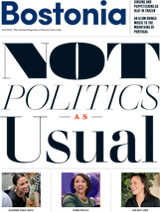

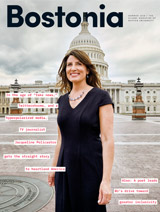
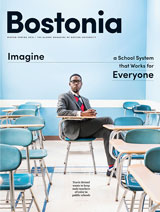

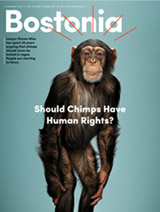
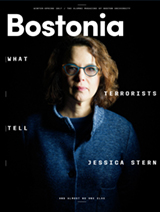

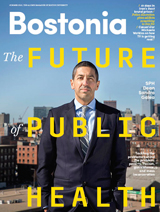
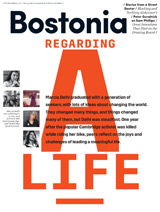
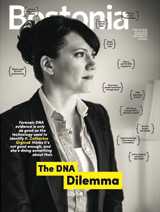
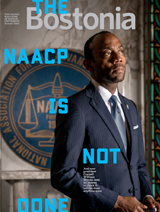

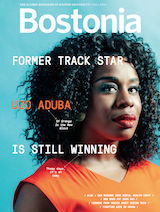
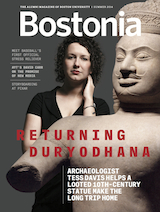
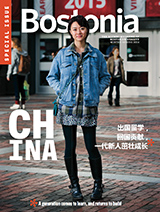




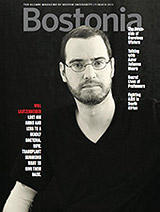

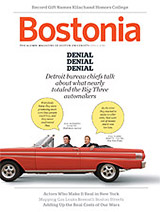
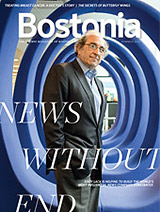
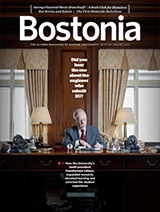

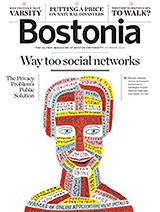



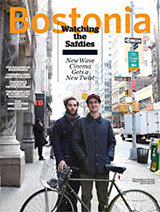

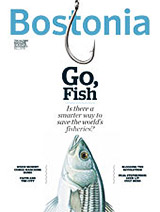


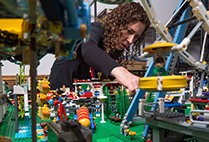


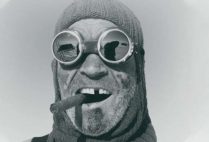
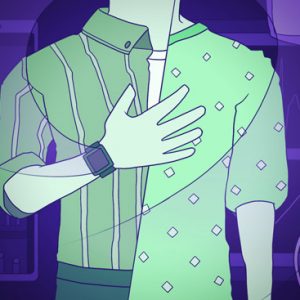
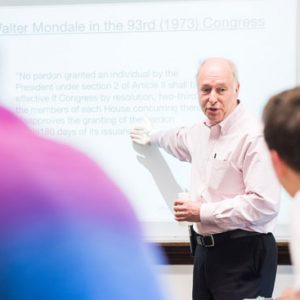

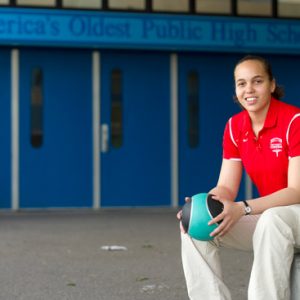
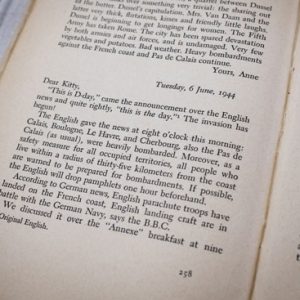
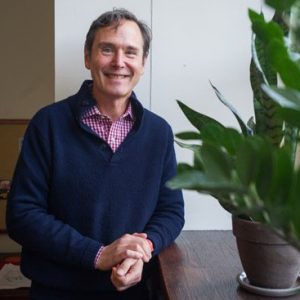
Related Stories
Fighting for Federal Funding of Science
UNI alum Kei Koizumi one of Obama’s point men
Pitching BU’s Case in D.C.
University leaders hold first-ever reception for Washington officials
Advocating for Women Scientists
MED dean wins 2013 Margaret L. Kripke Legend Award
Post Your Comment